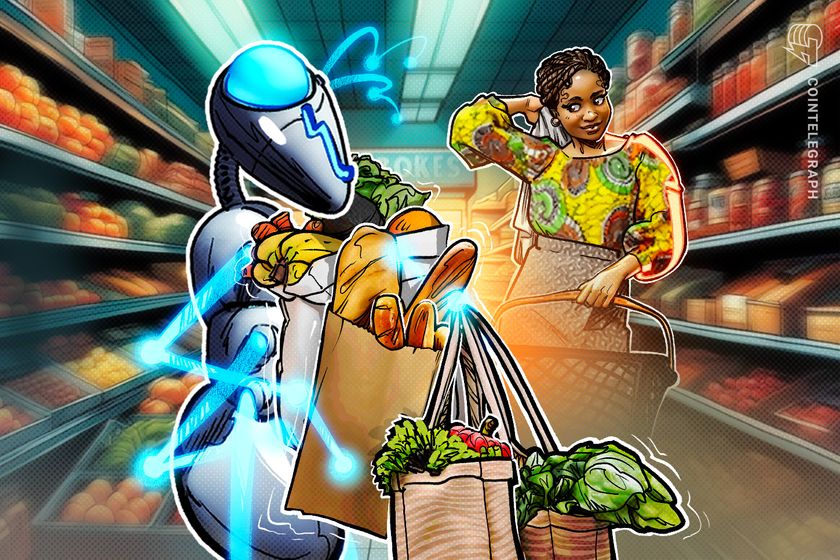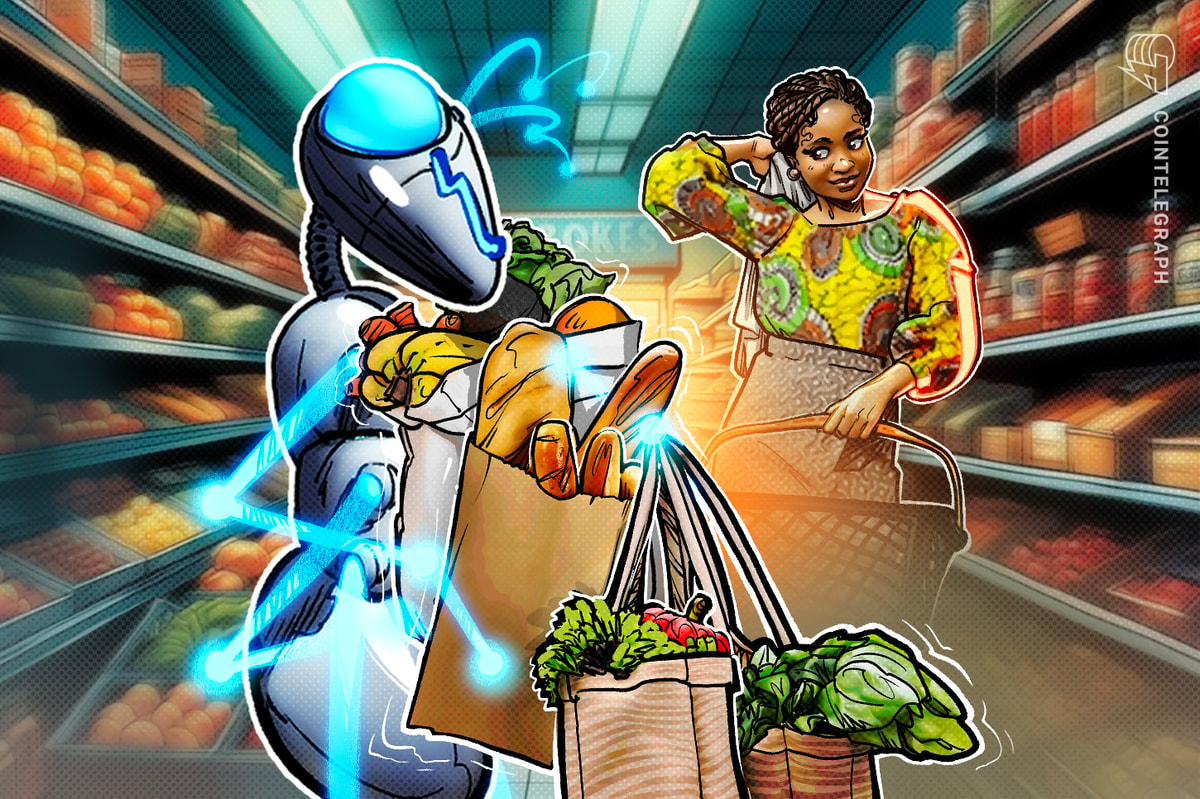Opinion by: Fraser Edwards, co-founder and CEO, CheqdBrutal honesty has its place, especially when confronting discomfort, so here’s one that can’t be

Opinion by: Fraser Edwards, co-founder and CEO, Cheqd
Brutal honesty has its place, especially when confronting discomfort, so here’s one that can’t be sweetened with honey: 96% of imported honey in the UK is fake! Tests found that 24 of 25 jars were suspicious or didn’t meet regulatory standards.
Self-sovereign identity (SSI) can fix this.
The UK Food Standards Agency and the European Commission both urge reform to tackle this concern by creating a robust traceability database within supply chain networks to ensure consumer transparency and trust. Data, however, is not the problem. The issue is people tampering with it.
This is not the first time products have been revealed to be inauthentic, with the Honey Authenticity Network highlighting that one-third of all honey products were fake in 2020, a fraudulent industry amounting to 3.4 billion euros ($3.65 million) of counterfeit goods entering the EU in 2023, as reported by the European Commission.
What is EMA, and how does it affect honey?
Economically motivated adulteration (EMA) involves intentionally substituting valuable ingredients for less expensive products such as sweeteners or low-quality oil. This practice leads to severe economic and health complications — and, in some cases, disease — due to the poisonous additives from substitute products.
The adulteration often involves creating an ultra-diluted blend containing minimal nutritional value, and counterfeiters call it… honey.
Fraudsters dilute the product with high fructose corn syrup or increase the thickness with starch or gelatine. These adulterants closely mimic honey’s chemical profile, making it extremely difficult to detect with traditional tests such as isotope ratio mass spectrometry. Fake honey lacks the essential enzymes that give real honey its flavor and nutrients. To make matters worse, honey’s characteristics vary based on nectar sources, the harvest season, geography and more.
Some companies filter out pollen content, a key identifier of a honey’s geographical origin, before exporting it to intermediary countries like Vietnam or India to further obfuscate the process. Once this is done, the products are brought to supermarket shelves and labeled with false certifications to command higher prices. This tactic exploits the fact that many regulatory bodies lack the means to verify every shipment.
The hidden cost of food fraud
The supply chain is profoundly fractured, as a jar of honey passes six to eight key points in the supply chain before it arrives on the shelves in the UK. Current practices make authenticity verification extremely difficult. Coupled with the inefficient paper-based bureaucracy that makes it hard to track origin obscuration attempts in intermediary countries, we cannot reliably determine the true extent of food fraud.
One Food and Drug Administration (FDA) estimate suggests that at least 1% of the global food industry, potentially up to $40 billion per year, is affected — and it could be even higher.
Recent: What is decentralized identity in blockchain?
Fraudulent practices don’t just harm consumers — they destroy beekeepers’ livelihoods, flooding the market and destroying profitability for legitimate traders. Ziya Sahin, a Turkish beekeeper, explained the frustration with food fraud regulation:
“Our beekeepers are angry, and they ask why we’re not doing something to stop it. But we have no authority to inspect,” he said. “I’m not even allowed to ask street sellers whether their honey is real.”
While there’s a growing appetite for more reliable testing and stricter enforcement, solutions are lagging. The EU’s latest attempt to fix this? Digital product passports are designed to track honey’s origins and composition, but they are already being criticized as ineffective and easy to manipulate, ultimately leaving the door open for fraud to continue.
EU passports are an ineffective solution
The European Union’s Digital Product Passport aims to tackle this by enhancing traceability and transparency in its supply chains. By 2030, all goods in the EU must have a digital product passport containing detailed information on the product’s lifecycle, origins and environmental effects.
While the idea sounds promising, it fails to recognize the extent to which fraudsters can forge certificates and obscure origins by passing products through intermediary countries alongside officials who turn a blind eye.
At the core of this issue is trust. Despite history showing that these rules can and will be bent, we rely on governments to implement laws and regulations. Technology, on the other hand, is agnostic and doesn’t care about money or incentives.
This is the fundamental flaw of the EU’s approach — a system built on human oversight that is vulnerable to the corruption these supply chains are already known for.
Self-sovereign identity (SSI) for products
Many people are already aware of the scalability trilemma, but the trust…
cointelegraph.com
